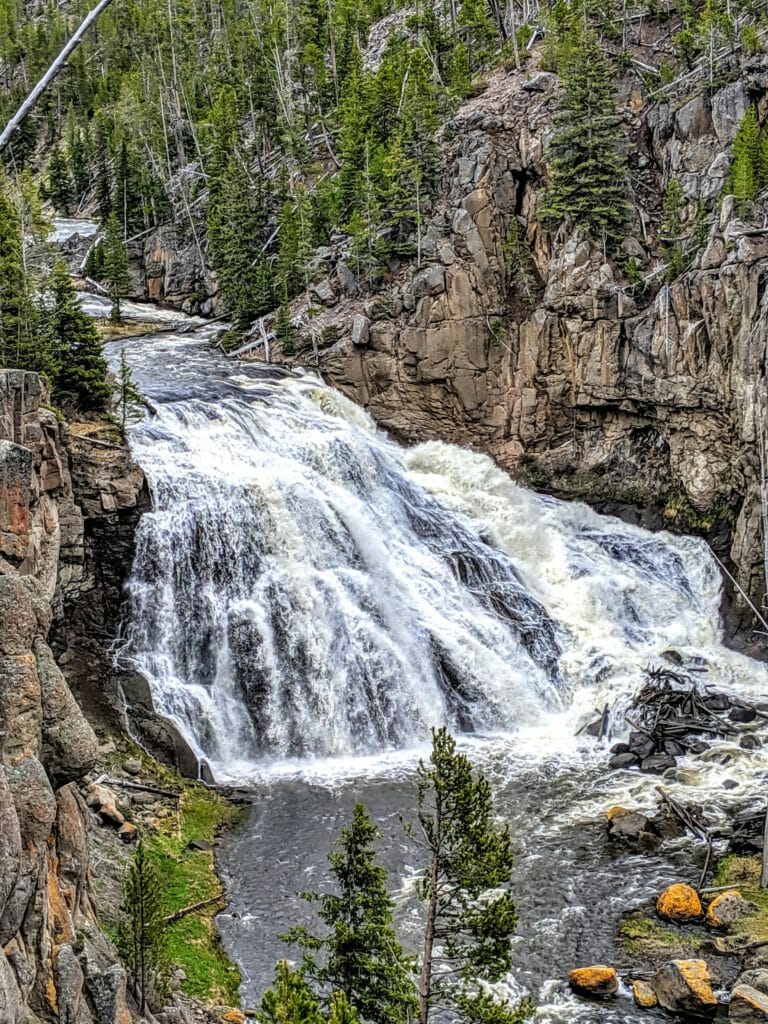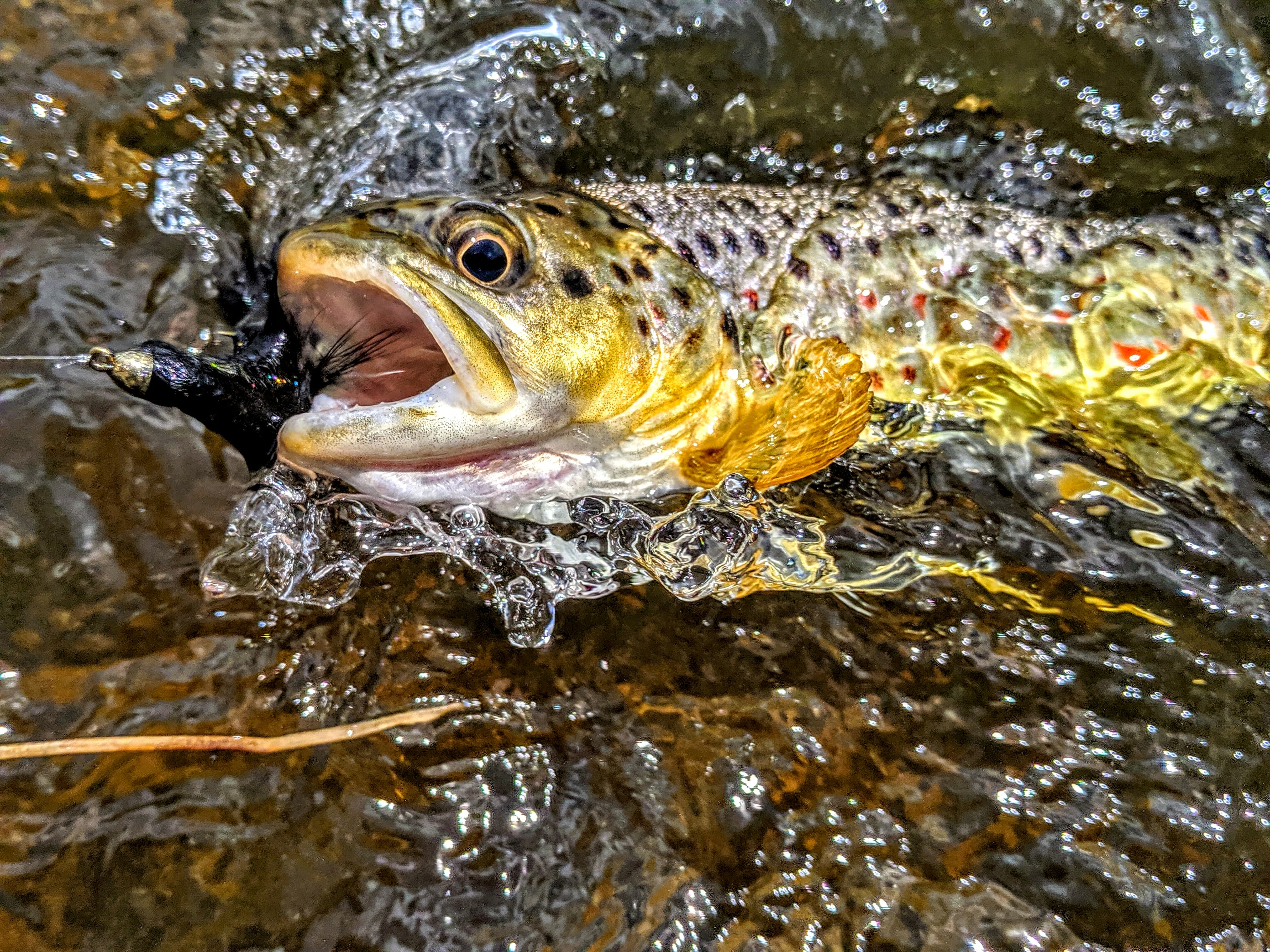My buddy Dennis is a nuclear engineer. He travels the globe through his job and works with disparate foreign governments who are turning to nuclear power as an alternative to fossil fuels. One of Dennis’ many jobs is to help those governments test various nuclear fuels for efficiency and power production, and to help them test it safely.
It’s important work, not only in the effort to battle global climate change by reducing greenhouse gas emissions, but in the effort to improve nuclear power productivity and to ensure governments around the world are operating power plants safely.
In short, Dennis is a problem solver when it comes to nuclear fuels and when it comes to the negotiations our country has with foreign powers over nuclear materials used for fuels in various reactors. It’s sensitive stuff, and sometimes it takes years of careful discussions to ensure nuclear materials are put to proper use in places like Poland, Belarus and Croatia.
Dennis is also a passionate elk hunter, and he wants to spend more time fly fishing. He and his wife have a great cabin on the edge of the Targhee National Forest, literally a five-minute drive from the Henry’s Fork, Warm River, Robinson Creek, the Fall River. To get to Yellowstone National Park or the Madison, he need only hop in the truck and drive an hour or so. His weekend get-away is situated in the center of the fly-fishing universe.
So many choices. And, for a guy who’s as detail-oriented as Dennis, those choices can almost be crushing. Where to go? What to fish for? And then, what fly to use? Streamers? Dries? Wet flies on the swing?
Decisions, decisions.
I took Dennis to the lower Gibbon River last week inside Yellowstone National Park. He’d never fished it, and I hadn’t fished it since last fall, when I hiked up from a picnic area to the base of the iconic Gibbon Falls and cast to brown trout while the tourists hundreds of feet above snapped photos of the crazy guy fly fishing below them.
Our initial plan was to fish the Firehole, but the Grand Loop Road heading south from Madison Junction was a bumper-to-bumper parking lot–either a bison jam or just a mid-day influx of tourist traffic had brought things to a standstill. Rather than fight the traffic, I took a right and headed north to the Gibbon. Plan B.
When we got to the river, it was moving fast, and a bit off color, but it was eminently fishable. Dennis was first to the river, and he’d waded into the current and had staked out a run. To my eyes, the run was moving a bit too fast, but Dennis must have seen something I hadn’t. I moved upstream a hundred yards or so, careful to leave some water untouched so Dennis could follow me upriver at his leisure and still have some water to fish.
Finding some slower water near the bank, I quickly hooked a nice little brown on a black Slumpbuster, but after repeated attempts and a change in fly patterns, nothing else came calling. As I prepared to move, I noticed Dennis had moved to the riverbank, and was busy changing flies. He was still hovering over that first run where he started casting.
I wandered up another couple hundred yards and found another softer run. As I stepped into the river, I saw the harbinger of dry-fly season in the park–a giant stonefly buzzed by and clumsily landed in the rapids in front of me. In seconds, a trout inhaled it. But I didn’t see any others, and I was ill-equipped from a fly perspective. I had a few Stimulator patterns, but they were a bit small.
I stepped out of the river and dug through my fly boxes. In my nymph box, I found a big stonefly nymph, and tied it on under an indicator. After a quick drift, I connected again with a 12-inch slice of Gibbon River gold–the brown pulled hard, but I got it to the bank. After a few more fruitless casts, I again moved to the bank and started to move to another run.
I looked back downstream, and Dennis was back in the river, but he was still situated above that first run.
I clamored over some streamside rocks and downed timber–remnants of the 1988 fires–and moved upstream a ways. Another adult stonefly zipped by and landed in the faster water. This time, the big bug floated well downstream until it came to a subtle tailout, and became dinner for a different Gibbon brown.

I’d had enough, and switched from the nymph to a Stimulator, dosed it with Aquel and let it fly. In a matter of minutes, I brought two more browns to hand, and a small rainbow that had no business taking the size 10 fly managed to inhale it anyway.
Predictably, the fishing slowed down, and I moved. I repeated this step maybe half a dozen times (but I left the Stimulator on). Each time I’d look back at Dennis, now likely a quarter of a mile downstream, where he would either be sitting streamside changing flies for casting to trout in that same run.
“He’s a stubborn guy,” I whispered under my breath.
Finally, I’d moved far enough upstream to where I could see the tourists hovering above the river and gaping at Gibbon Falls. The falls themselves were out of my view, around a bend in the river, but I’d come across several deep pools with good cover, lots of in-stream wood and, most importantly, hungry browns that weren’t shy at all about taking my undersized Stimmy.
By now, Dennis was out of view. I wondered if, when I finally did wander on back downriver to the car, if he’d still be perched over that same run.
I fished a few more pools, plucking cooperative fish from each one. It turned out to be a pretty good day on the water.
When I finally moved on back down the river, I came to Dennis, who had moved maybe 50 yards from where he started. He was swinging a Prince Nymph and soft-hackle through a run. He looked at me as I walked by and grinned.
“I caught one,” he said. He’d clearly worked through his fly boxes, deducing and changing patterns until he found the one fly that worked for the one fish in that first run. He’d solved the equation and reached an agreement with a single Gibbon River brown. Detail. Dedication. Just like he does every day in his job when he works with foreign governments on nuclear fuel testing.
I, on the other hand, had moved quickly through the river’s runs and pools, and managed to catch trout on a streamer, a nymph and dry fly.
Details? Schmetails. I might not be the best guy to negotiate with Kazakhstan the next time they want to open a new reactor.
Yes, I’d outfished Dennis, but part of me envied his patience and his ability to stick to the single task at hand. That’s why he’s so good at what he does, and why the numbers didn’t matter to him–he wanted to solve the problem.
And he did.
Chris Hunt is the national digital director for Trout Media. He lives and works in Idaho Falls, and his latest book, “Catching Yellowstone’s Wild Trout: A Fly Fishing History and Guide,” will be released on June 17. It’s available for pre-order online.



